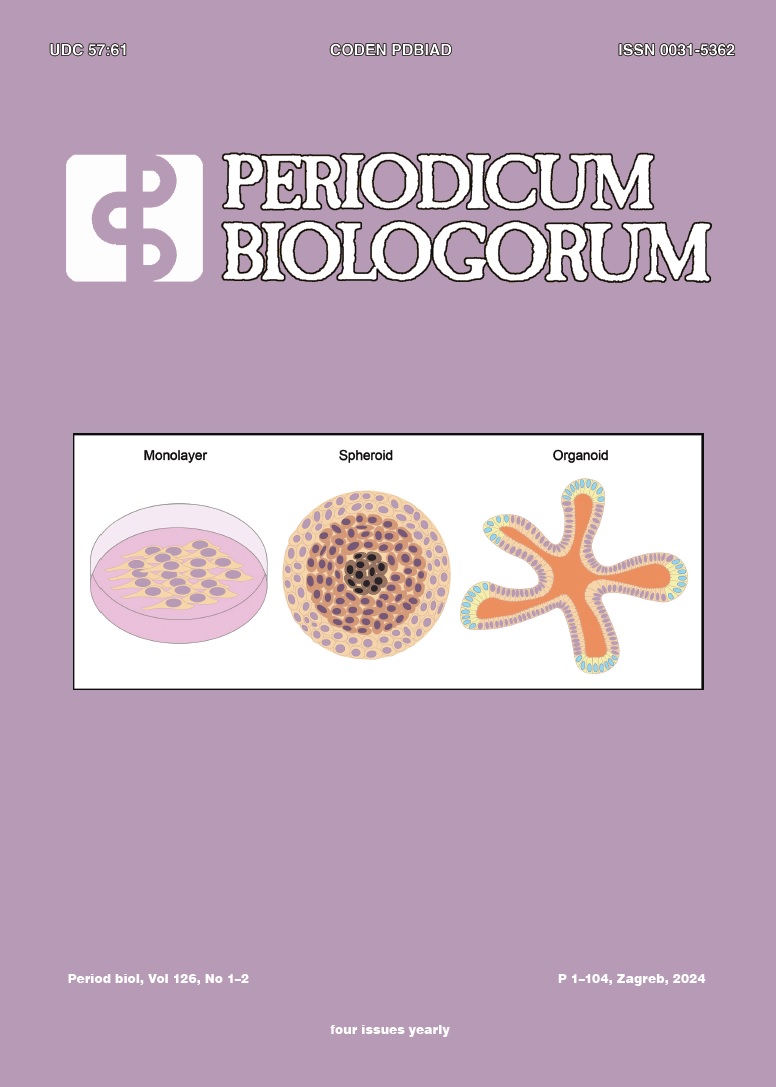MicroRNAs involved in the toxic effects of sodium arsenite on chicken skin fibroblasts
DOI:
https://doi.org/10.18054/pb.v126i1-2.30749Abstract
Background and purpose: Arsenic is a naturally occurring metalloid and environmental pollutant, which has shown its bidirectional regulatory effect on cell proliferation. Research on the toxic effects of sodium arsenite (SA) on chicken skin fibroblasts (CSFs) is limited. Research indicates that microRNAs and mRNAs can regulate apoptosis. Therefore, this study aimed to explore whether SA exerts toxic effects on CSFs through microRNAs and mRNAs.
Materials and methods: CSFs were treated with different concentrations (0-120 μmol/L) of SA for 12 h, 24 h, 48 h and 72 h, and the cell viability was detected by MTT assay. Transmission electron microscopy, flow cytometry, comet assay, and western blotting, were employed to detect cell morphology, apoptosis, DNA damage and protein levels, respectively, and the toxic effect of SA on CSFs was studied. Transcriptome sequencing and bioinformatics tools were used to analyze the expression and function of differentially expressed microRNAs (DEmiRNAs) and differentially expressed genes (DEGs).
Results: The proliferative, critical, and semi-inhibitory concentrations (IC50) of SA on CSFs were 0.10, 0.25, and 16.35 μmol/L, respectively, within 24 hours. 16.35 μmol/L SA caused abnormal cell morphology, increased DNA damage, and induced apoptosis via the endoplasmic reticulum stress (ERS) and death receptor pathways. In this study, transcriptome sequencing and bioinformatics analysis suggested that 16.35 μmol/L SA might promote CSFs apoptosis through the microRNA-mRNA network.
Conclusions: At a concentration of 0.10 μmol/L, SA promoted cell proliferation. Concentrations exceeding 0.25 μmol/L inhibited cell proliferation and induced apoptosis through the ERS and death receptor pathways. MicroRNAs played a role in the toxic effects of SA on CSFs by interacting with target genes.
Downloads
Published
Issue
Section
License
The contents of PERIODICUM BIOLOGORUM may be reproduced without permission provided that credit is given to the journal. It is the author’s responsibility to obtain permission to reproduce illustrations, tables, etc. from other publications.


